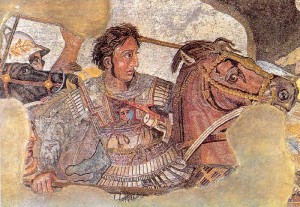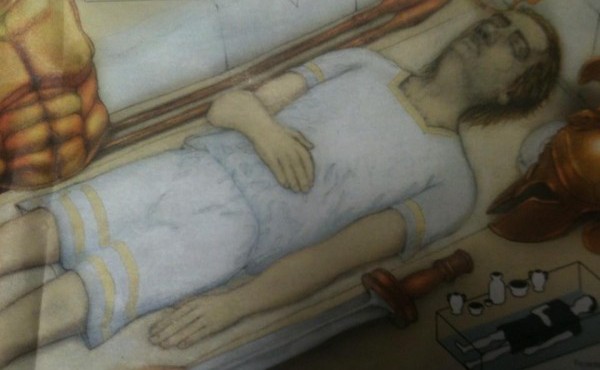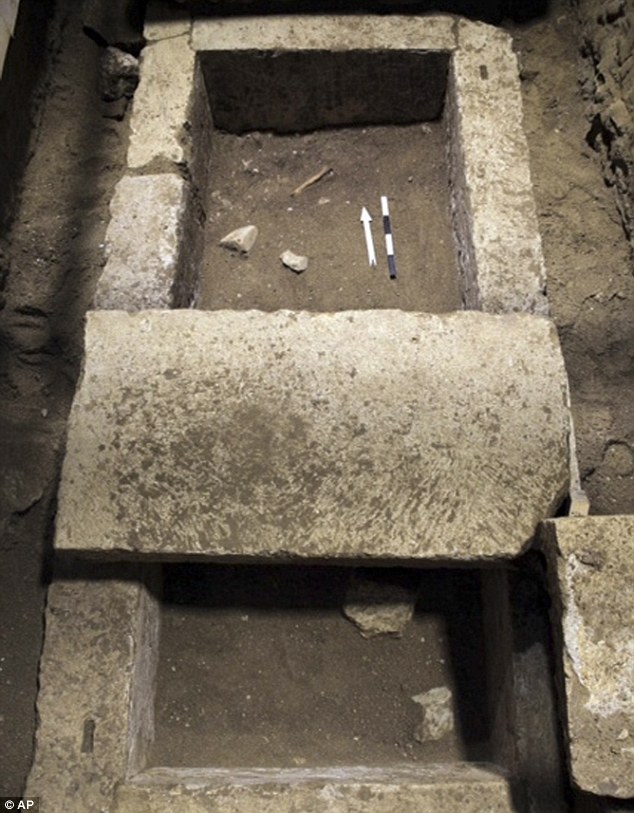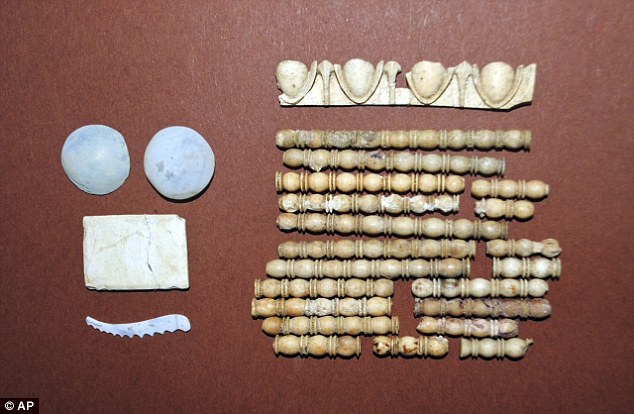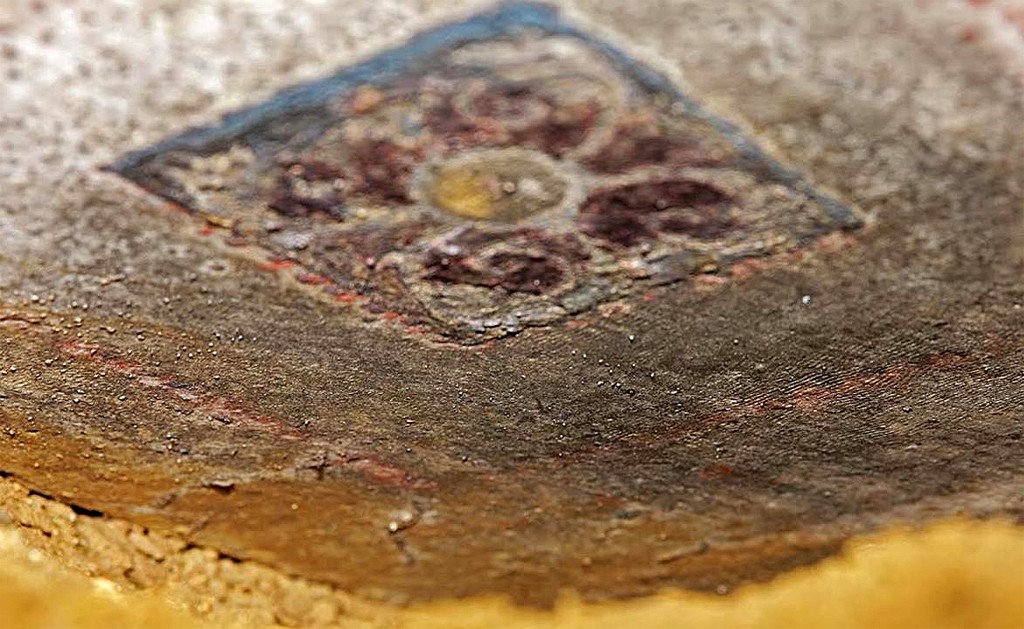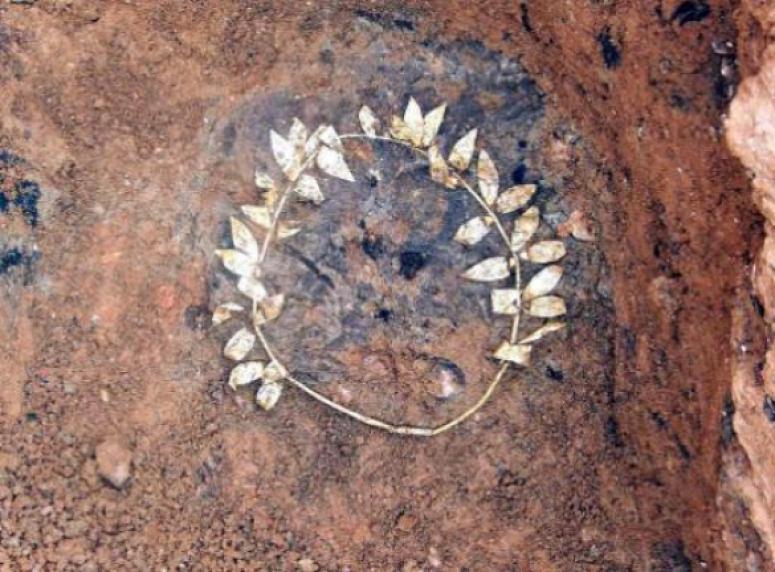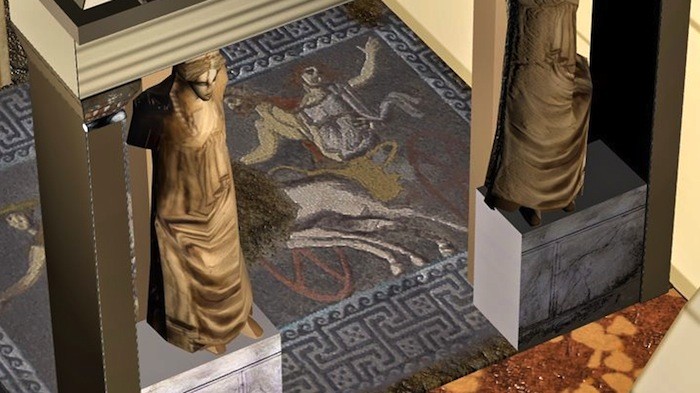The heart-thumping discovery of the skeletal remains at the underground vault of the ancient tomb at Amphipolis takes scientists once step closer to discovering who the ancient tomb belongs to.
An analysis of the skeleton so far has revealed that the occupant was:
* male
* of medium height (1.85 meters)
* had pale skin
* Had brown or red hair
* could possibly belong to a blue-eyed person
The questions that the scientists are trying to find out from the bones:
* How did he die? Did he die of what he ate?
* What was the deceased’s health and diet like?
* Had he incurred injuries throughout his life?
* Does the DNA connect him to Phillip II, buried at Vergina? (It will be difficult to determine this because the genetic material of Phillip II has been overworked and tests carried out 50 years ago may have been contaminated.)
An analysis of the tomb shows that the occupant was:
* of high social status
* a very important person
* linked to Alexander the Great because the warrior king’s symbol was found inside the tomb
* dates back to 300-325 B.C.
What we know about Alexander the Great:
* Accounts say his hair was “xanth” – meaning golden or auburn – one mosaic shows him with red hair, but other Roman writers say his hair was blonde. Roman rhetoric Aelian wrote: “his hair curled naturally and was yellow.”
* He was worshipped by society
* He died of fever in Babylonia, present day Iraq, in 323 B.C. and his burial site was believed to be in Alexandria but was never found
* His family and fellow royals were traditionally buried at a cemetery near Vergina and the lavish tomb of Alexander’s father was discovered in the Seventies
Ask me anything
Explore related questions
